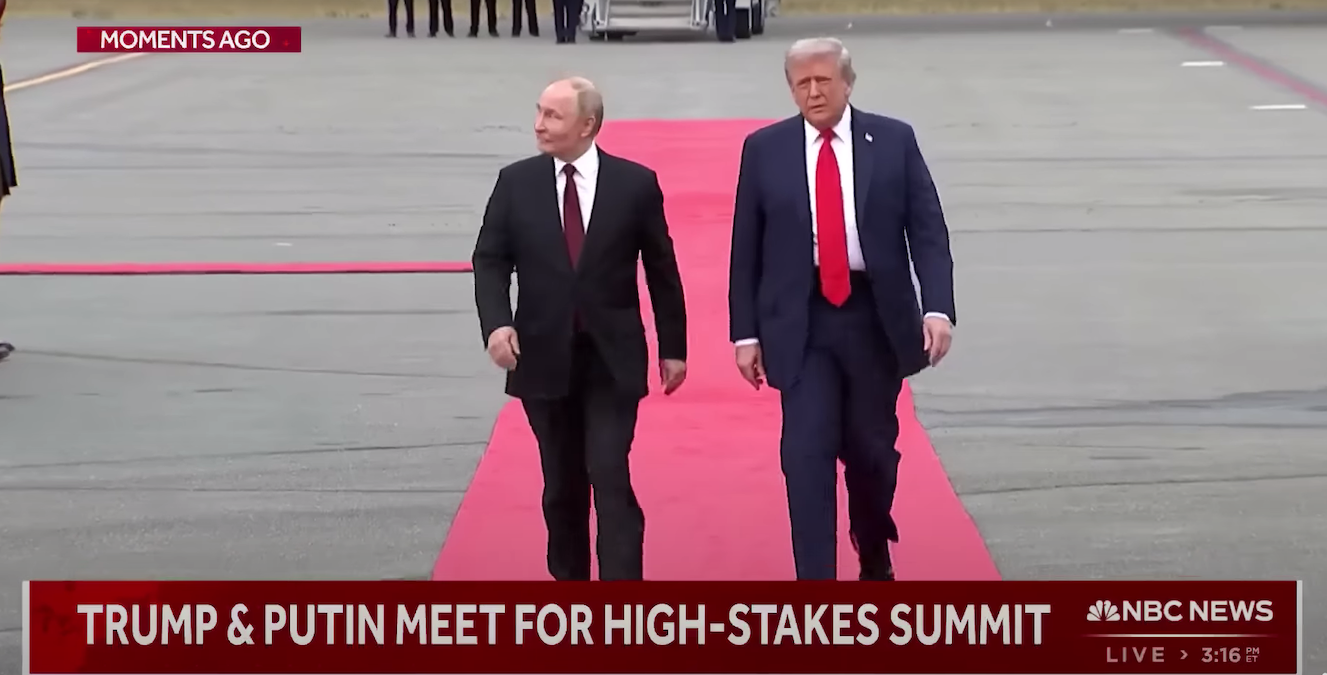President Donald Trump met with Russian President Vladimir Putin in Anchorage, Alaska, on Friday to discuss potential peace negotiations regarding the ongoing war in Ukraine. Although the meeting did not produce a ceasefire agreement, it reportedly made enough progress to warrant further discussions between Trump, Ukrainian President Volodymyr Zelensky, and European leaders in Washington.
Explainer Trump Designates Antifa as Domestic Terrorist Organization Amid Protests in Oregon
The proposed peace deal could involve Ukraine making territorial concessions in exchange for security guarantees from the United States and European nations. Trump has suggested the possibility of "land swaps" as part of this arrangement, indicating a willingness to adjust Ukraine's borders to facilitate a resolution.
Critics of this approach argue that any concessions would undermine Ukraine's sovereignty. Secretary of State Marco Rubio emphasized that the decision regarding territorial adjustments ultimately lies with Ukraine, stating, "Ukraine has a right, like every sovereign country, to enter into security alliances and agreements with other countries."
Historically, the borders of Ukraine have been a contentious issue. Established during the Soviet era, these borders have often been viewed as indefensible, particularly in light of Russia's strategic interests in the region. The situation has led to ongoing conflict since Russia's annexation of Crimea in 2014 and the subsequent invasion in February 2022.
During the Anchorage summit, Trump envoy Steve Witkoff noted that Putin acknowledged the need for Ukrainian security, suggesting that Russia may be open to a NATO-like security arrangement for Ukraine. Witkoff described the discussions as "game-changing," indicating a potential shift in the dynamics of the conflict.
In contrast, the Biden administration has maintained a more rigid stance, insisting that any peace agreement must uphold Ukraine's sovereignty and territorial integrity. Secretary of State Antony Blinken has previously stated that negotiations would only be feasible once Russia withdraws its troops from Ukrainian territory.
The differing approaches highlight a fundamental divide in U.S. foreign policy perspectives. Supporters of Trump's strategy argue that recognizing the historical realities of Ukraine's borders is essential for achieving lasting peace. They contend that the current configuration of Ukraine is untenable and that adjustments are necessary for stability.
Conversely, critics assert that any territorial concessions would set a dangerous precedent and embolden further aggression from Russia. They argue that the integrity of Ukraine's borders should not be compromised in the pursuit of a peace deal.
As discussions continue, the future of Ukraine remains uncertain. The outcomes of these negotiations could have significant implications for regional stability and the balance of power in Eastern Europe.
John Daniel Davidson, a senior editor at The Federalist, emphasizes that the realities of history and geography must be acknowledged in any peace settlement. He argues that the notion of sovereignty and territorial integrity may be mutually exclusive for Ukraine, given its historical context and current geopolitical pressures.
The ongoing conflict has drawn significant international attention, with Western powers largely supporting Ukraine in its fight against Russian aggression. However, the prospect of a negotiated settlement raises questions about the long-term viability of Ukraine's current borders and its relationship with both Russia and the West.
Why it matters
- Trump's meeting with Putin signals a potential shift in U.S. foreign policy towards Ukraine, emphasizing negotiations over military support.
- The proposed peace deal could redefine Ukraine's borders, raising concerns about sovereignty and regional stability.
- Acknowledgment of Ukrainian security needs by Putin suggests a possible opening for NATO-like arrangements, altering conflict dynamics.
What’s next
- Further discussions are planned between Trump, Zelensky, and European leaders in Washington to explore peace negotiations.
- The Biden administration's stance on Ukraine's sovereignty may face challenges as negotiations progress.
- Critics are likely to mobilize against any territorial concessions proposed in future talks.
